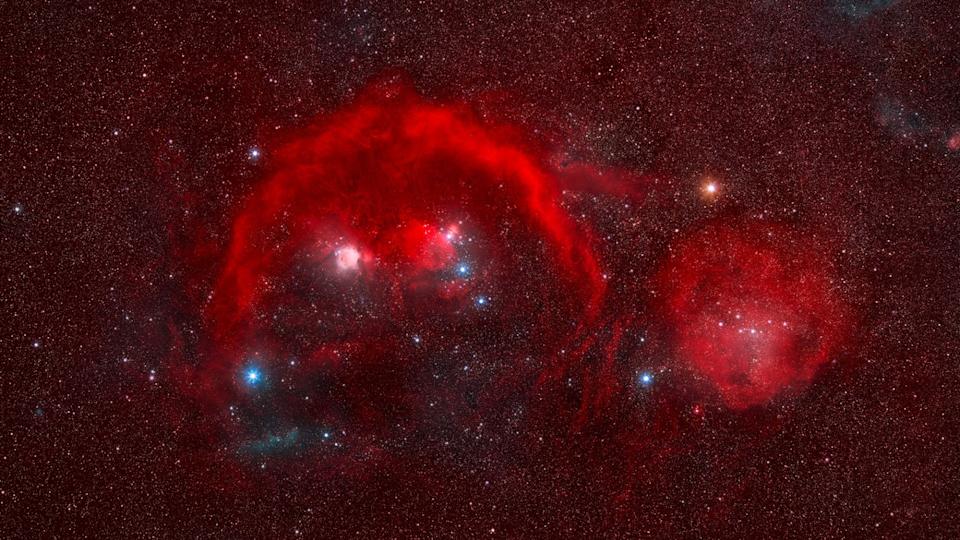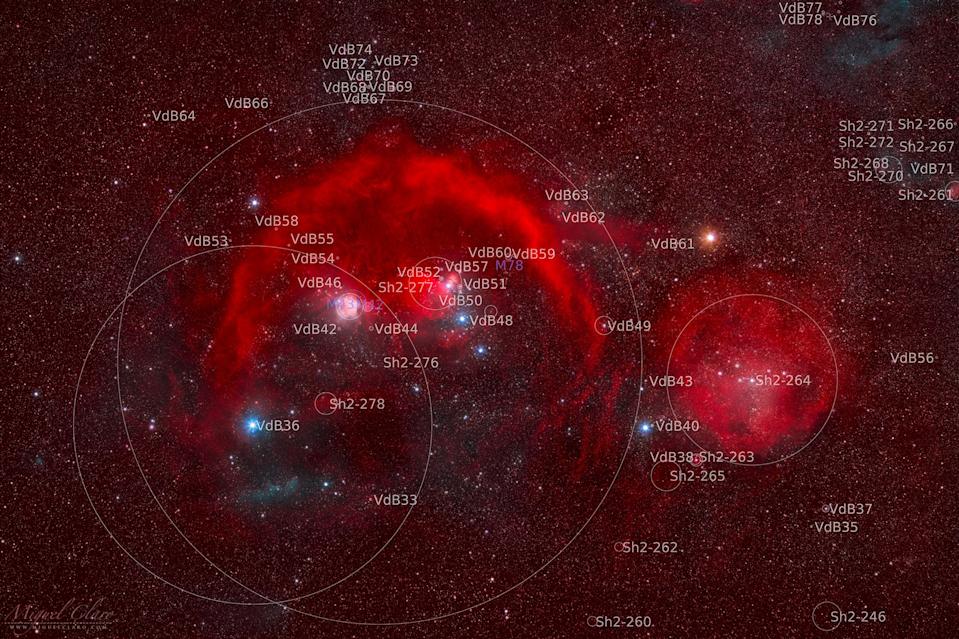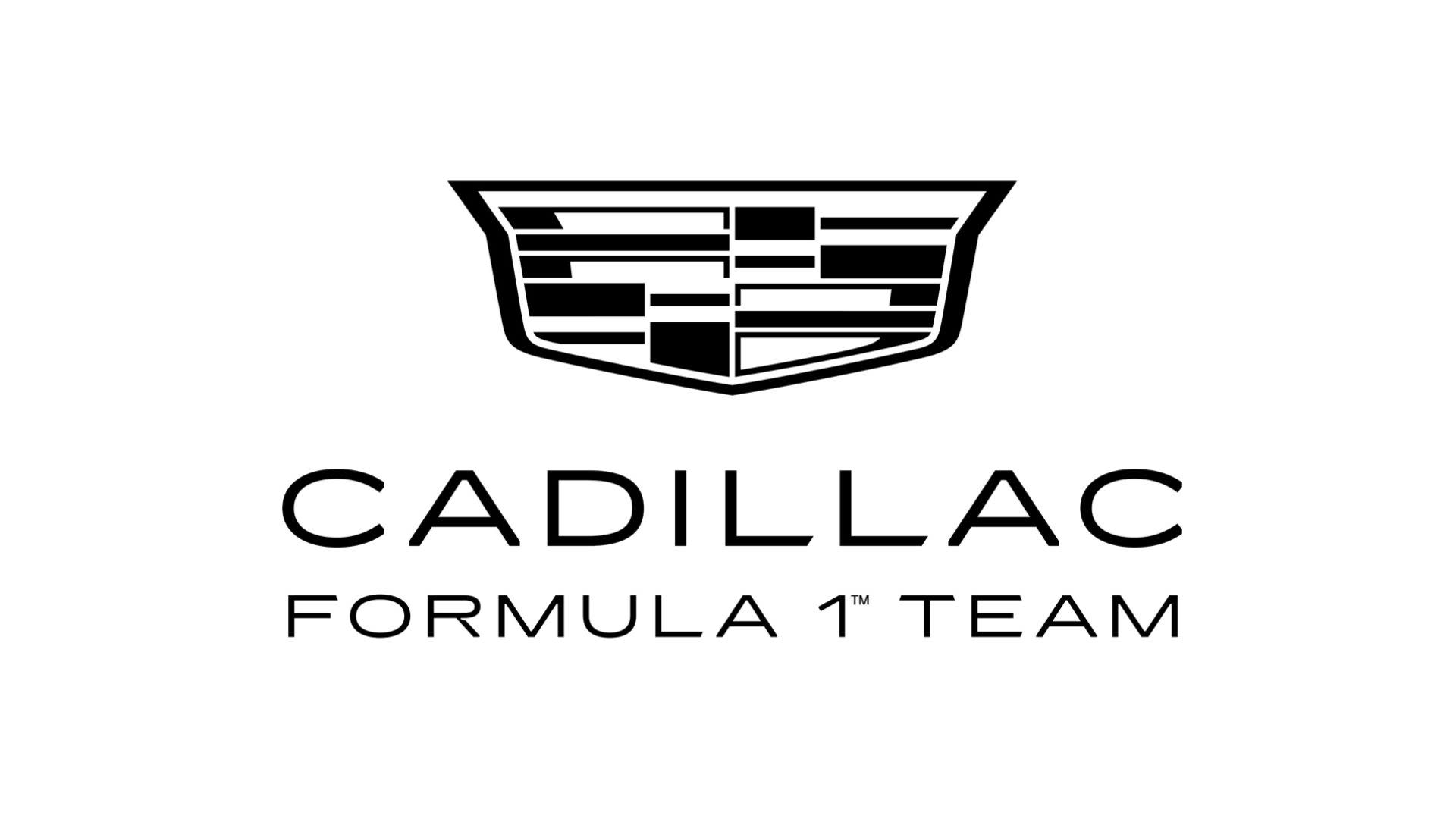Red Glow of the Orion Constellation: A Photographers Journey to Capture the Beauty of the Night Sky

As a professional photographer, author, and science communicator based in Lisbon, Portugal, Miguel Claro has captured the intricate beauty of the Orion Constellation in a series of stunning images. As a European Southern Observatory Photo Ambassador and member of The World At Night, he specializes in astronomical "Skyscapes" that connect both Earth and the night sky. In this article, we will explore his journey in capturing the Orion Constellation and the challenges he faced in creating his latest work. The Orion Constellation, as photographed by Miguel Claro from the Dark Sky Alqueva Reserve in Portugal, glows in reddish hues thanks to a filtered view of hydrogen alpha emission, a type of light emitted by hydrogen atoms. The large, intricate semi-circle around the three stars that make up Orion's belt is known as Barnard's Loop (Sh2-276), a nebula about 1,600 light-years away that spans some 300 light-years across. Barnard's Loop is part of the even bigger Orion molecular cloud complex, made up of dust, hydrogen, and helium, and is the birthplace of stars. Miguel always wanted to make an image that shows all the beautiful reddish hydrogen that surrounds one of the most spectacular and colorful regions of the entire night sky as seen from Earth. This cloud contains known wonders like M42, Horse Head, LDN 1622, the large Lambda Orionis Ring, and the bluish (OIII) Witch Head Nebula, close to Rigel star. The process of capturing this image was challenging due to uncooperative weather and the fact that the Orion constellation was beginning to set early along the western horizon. Miguel had his set up for this shot (Samyang 35mm f1.8 with Poseidon C Pro) available and prepared for two months before Orion cooperated. He only had 40 minutes available for each clear night between February and March 2025 as seen from the Dark Sky Alqueva Reserve in Portugal, so collecting the seven hours of data in total for this image took many nights. Had he taken it in the beginning of winter, he could have taken it in one night. In addition to the full-color image, Miguel also created a monochromatic, starless view of the hydrogen alpha emissions seen in his portrait of the Orion constellation. This image showcases the intricate details of the hydrogen cloud without the distraction of stars, providing a unique perspective on the beauty of the Orion Constellation. If you enjoy Miguel's work and want to support his independent artistry, you can buy one of his images as a print and a piece of art or wall decor for your home. Explore the size options and different types available on his Print gallery. Meanwhile, you can sign up for his newsletter to get early access to future releases. In conclusion, Miguel Claro's journey in capturing the beauty of the Orion Constellation is a testament to his passion for astronomy and his ability to create stunning images that connect us to the night sky. His work is a reminder of the wonders that exist beyond our planet and the importance of preserving our dark skies for future generations to enjoy.

The Red Glow of the Orion Constellation: An invitation into a photographer's intricate universe, where night skies aren’t just captured—they are transformed through masterful hues and memories encapsulated in each frame.
The Red Glow of the Orion Constellation: A meticulous exploration by a dedicated photographer, bringing forth an ethereal beauty from beneath night's curtain that inspires awe and captures timelessness in each shot.
The Red Glow of the Orion Constellation: A Photographers Journey to Capture the Beauty, not only captures cosmic splendor but also exudes a profound sense of exploration and artistic endeavor; It's an ode by light itself.
"Gelist's 'Red Glow of the Orion Constellation: A Photographers Journey to Capture the Beauty of
the Night Sky’ is a heart-stirring testament that showcases not just colorful skies but also an artist at his creative peak, capturing our limitless fascination with night under so vivid radiance."
Red Glow of the Orion Constellation is a captivating exploration by an artist's eye, revealing to us not just stars but dreams and aspirations in every twinkle against night; A testament that beauty through photography exists even beyond our wildest imaginations.
The mesmerizing Red Glow of the Orion Constellation, as captured by this photographer's journey through their lens into unparalleled beauty at night sky exposition - a testament to our ability for awe-inspiring cinematography!














